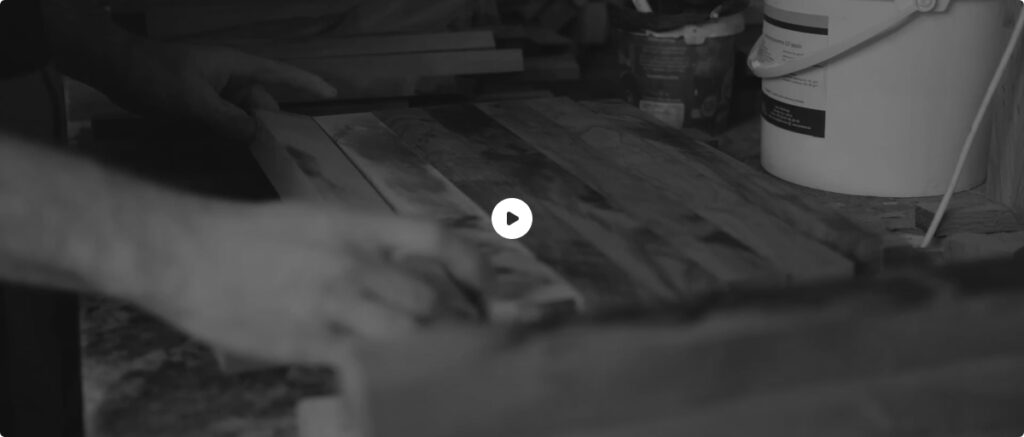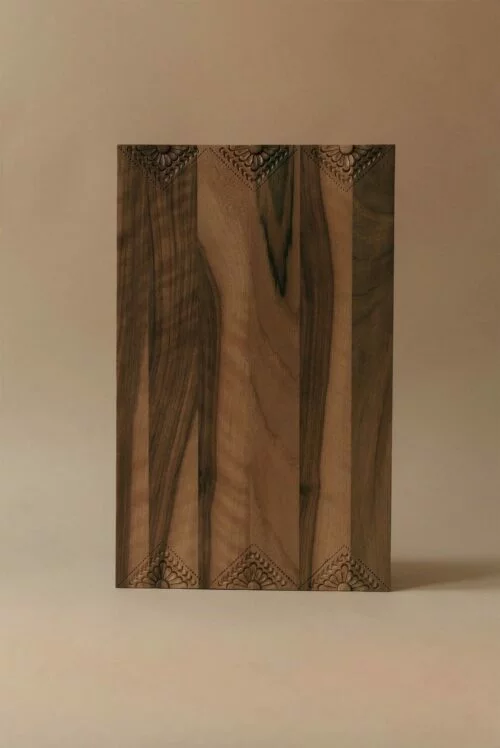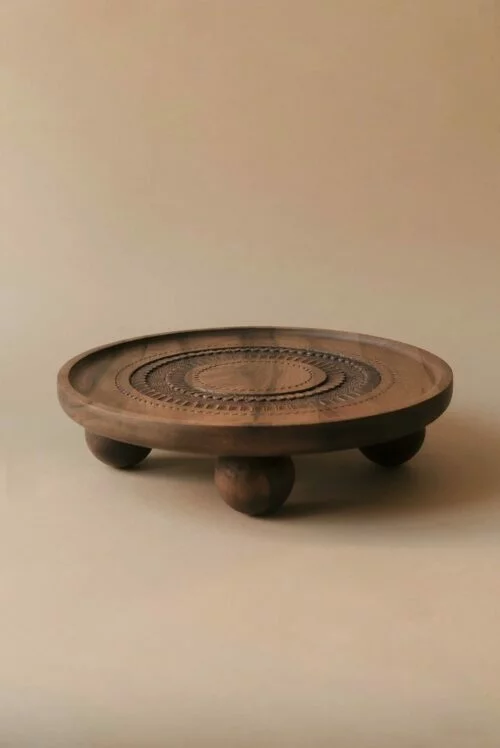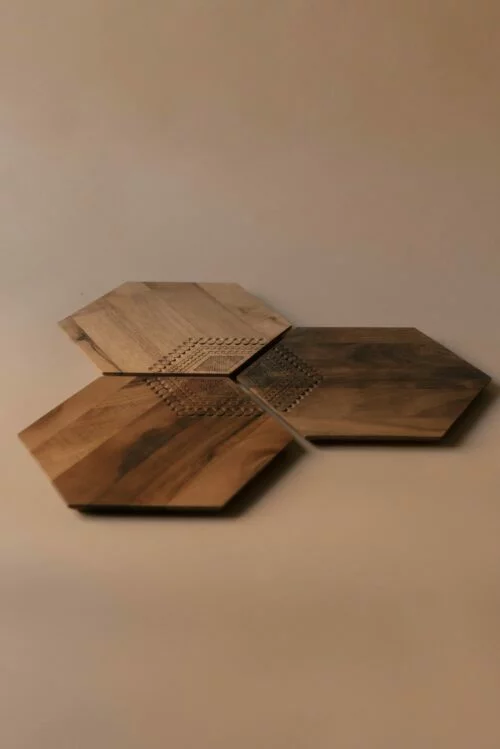Konjic Woodcarving: Preserving a UNESCO-Recognized Craft
What is Konjic Woodcarving?
Konjic woodcarving is a centuries-old craft with deep cultural significance in Bosnia and Herzegovina. This art form has a rich history and a unique aesthetic that sets it apart from any other woodcarving in the world. The pieces, including furniture and small decorative items, stand out because of their unique and hand-carved designs. Konjic woodcarving is very important to the community because it promotes unity and builds a sense of belonging. This article will dive deeper into the history, process, style, and challenges this cherished art form faces.
Cultural significance in Bosnia and Herzegovina
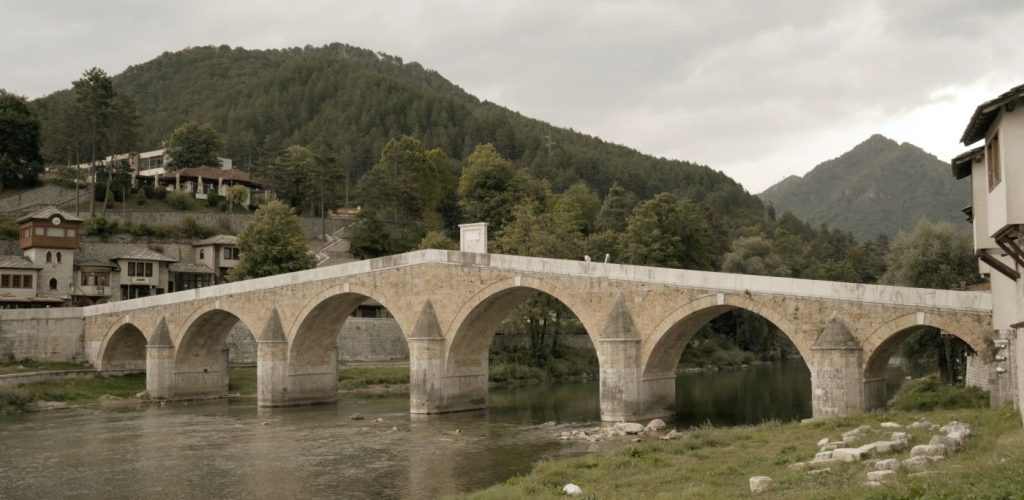
The inclusivity of Konjic woodcarving is fundamental to its cultural significance. People of all ages, genders, ethnicities, and religions practice the craft, making it a vibrant and unifying factor in a post-conflict society. This inclusivity is crucial, as it creates dialogue, bridging the gaps between a diverse group of people.
Konjic woodcarving is a big part of healing and rebuilding social ties as it brings people together from different parts of the community. Through practising this craft, different groups become more accepting and understanding of each other. This way a treasured tradition is kept alive, and people are encouraged to talk to each other by working together and sharing a mutual love of culture.
History of Konjic Woodcarving: Origins and Evolution
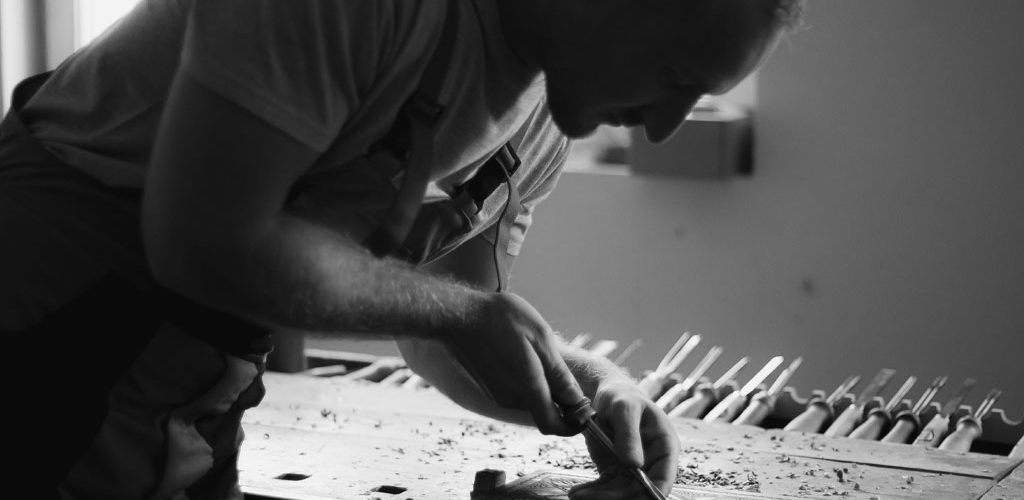
Konjic woodcarving originated more than 150 years ago in villages around Konjic, particularly in Donja Bijela and Mladeškovići. These early centres of woodcarving helped establish the foundations of what would become a renowned artistic tradition. Konjic proved to be an ideal location for practising this craft due to its vast forest resources and continental-Mediterranean climate.
Over the years, numerous civilisations have shaped Konjic’s woodcarving into what it is today. Each left a story of cultural exchange and artistic adaptation, from Ottoman-inspired motifs to Illyrian-inspired geometric patterns, showcasing the rich history of this craft.
In 2017, Konjic woodcarving was inscribed on the Representative List of the Intangible Cultural Heritage of Humanity by UNESCO, due to the craft being completely unique and unrepeated in any other woodcarving culture. The craft was documented and promoted to UNESCO by the Ministry of Culture and Sports in Bosnia and Herzegovina, to demonstrate its value in community cohesiveness and economic viability.
Today, Konjic woodcarving is practised in two main product categories. Classic hand-carved wall panels, desks, armoires, and chairs, fall under the first group — while smaller decorative objects like serving trays and jewellery boxes fall under the second.
The Process of Konjic Woodcarving
Konjic woodcarving is known for its commitment to sustainability, which is deeply rooted in the craft’s practices and philosophy. Konjic woodcarvers use locally sourced wood, contributing to more sustainable resource management. The craft also promotes the use of natural materials and traditional techniques that are environmentally friendly compared to mass-produced alternatives.
Consisting of several steps, Konjic woodcarving is a very careful and artistic process that turns raw wood into decorative items. In the first step, complex patterns from nature and tradition are drawn on the wood. Next, the wood is chipped and dug deeper to shape and finish it. Finally, geometric and floral patterns are carved on each piece of wood giving it beauty and cultural meaning.
Tools, Techniques and Materials Used
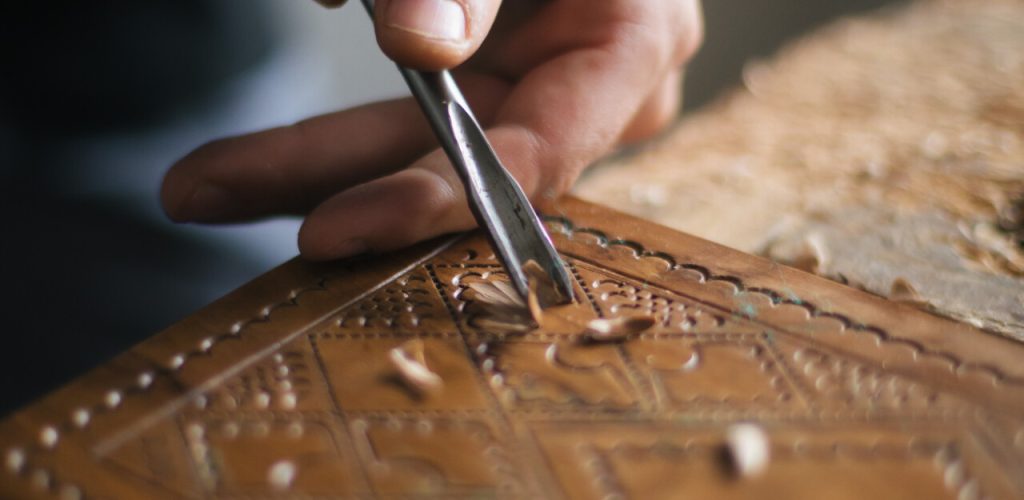
Skilled artisans rely on a wide range of tools to shape the wood with precision, including chisels, carving knives, and rasps. They look out for the finest local woods, such as walnut, cherry, and maple, which have optimal qualities for carving. These woods not only provide a beautiful canvas for the artisans’ creations but also offer durability and longevity for the finished pieces.
Additionally, artisans often use natural dyes and finishes made from organic materials. These finishes protect the wood and also deepen its natural hues, creating a stunning effect that highlights the beautiful carvings. Decorating wood with complex is done by using a variety of methods, such as relief carving and chip carving. This technique gives everyday objects deep cultural meaning, as they breathe life into living spaces and unify households and communities.
Learn more about which traditional tools are used to create beautiful Konjic woodcarving pieces.
The Aesthetics of Konjic Woodcarving
The motifs and patterns found in Konjic woodcarving are not simply decorative; they carry deep symbolism. The use of circles, spirals, and arabesque patterns represent the cycle of life, eternity, and the interconnection of all things. Furthermore, the artisans add another layer of meaning and cultural significance by usually naming the unique patterns they carve.
The most common ways for Konjic woodcarvers to decorate pieces of wood is by using floral motifs inspired by nature, such as the “Konjic rose”. Additionally geometric patterns can be found such as the “Rešma” pattern, similar to a pearl necklace or the mesh embroidery found on a beautiful dress.
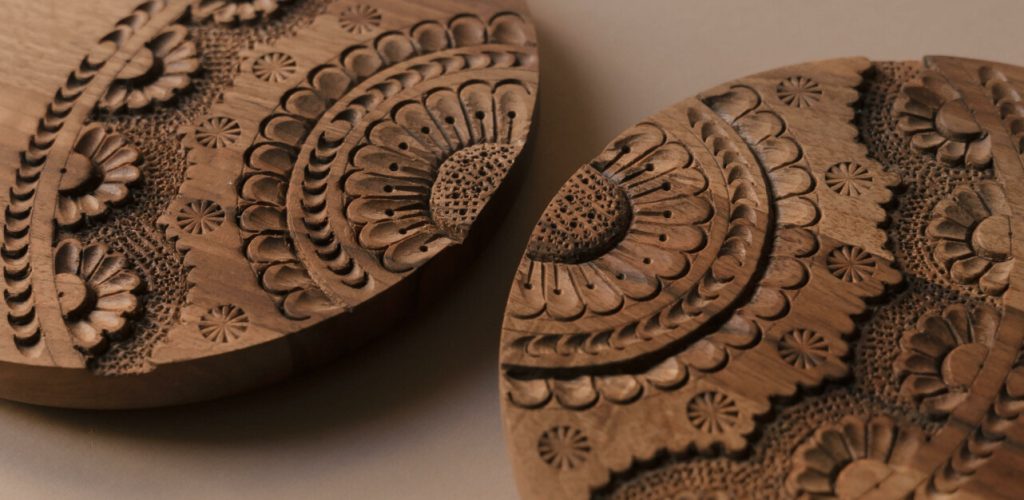
Challenges Konjic Woodcarving Faces and the Efforts Made to Preserve It
Despite its lasting legacy, Konjic Woodcarving faces challenges that cast a shadow on its future. The lack of skilled artisans and the rapid pace of modern life pose significant threats to the craft’s survival. The additional lack of dedicated workshops fail to motivate skilled artisans to further practice the craft.
Fortunately, dedicated individuals like Jasmina Dizdarević are working tirelessly to sustain and revive Konjic woodcarving. Through her workshop and brand WAGA, she is continuously brining in and educating young artisans in hopes of keeping the craft alive.
With an interest and support for the products that WAGA makes, a foundation is being laid out for the lasting revival of this timeless art.
